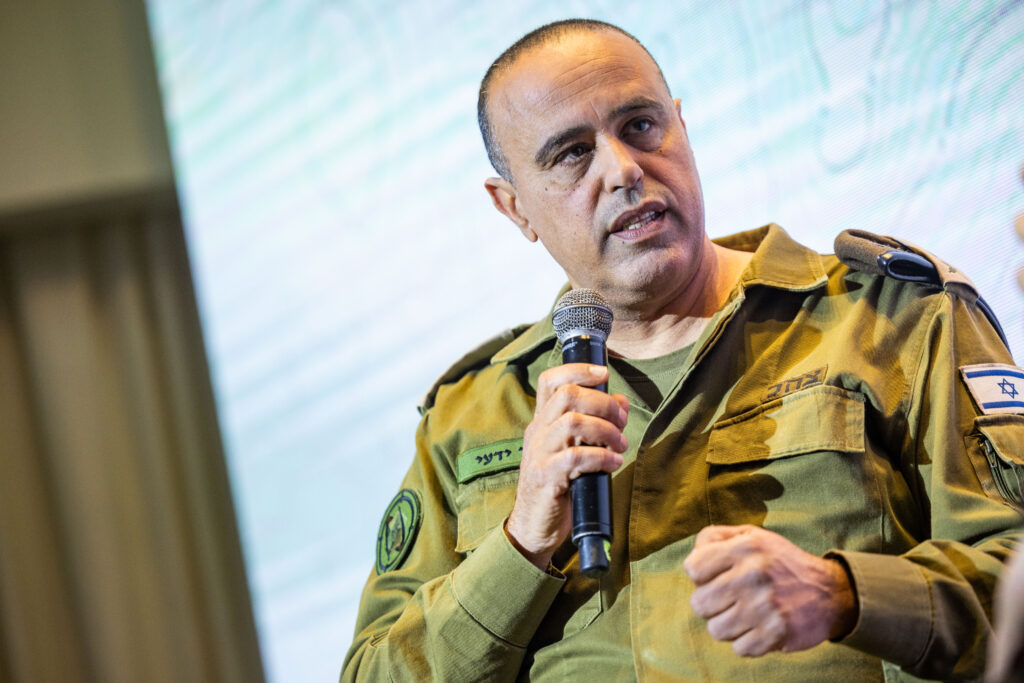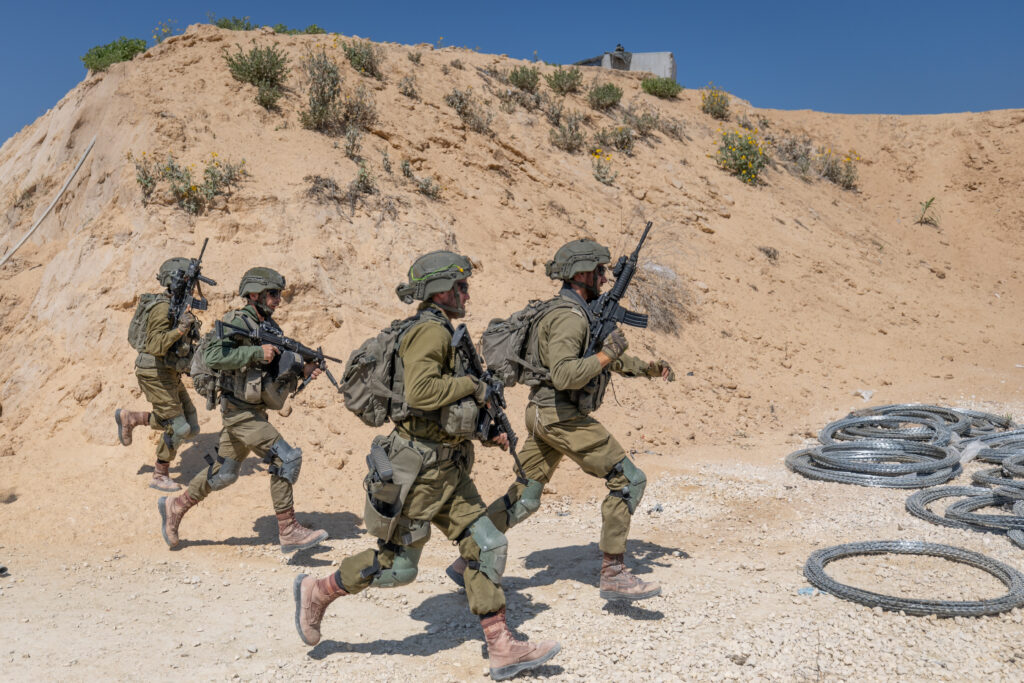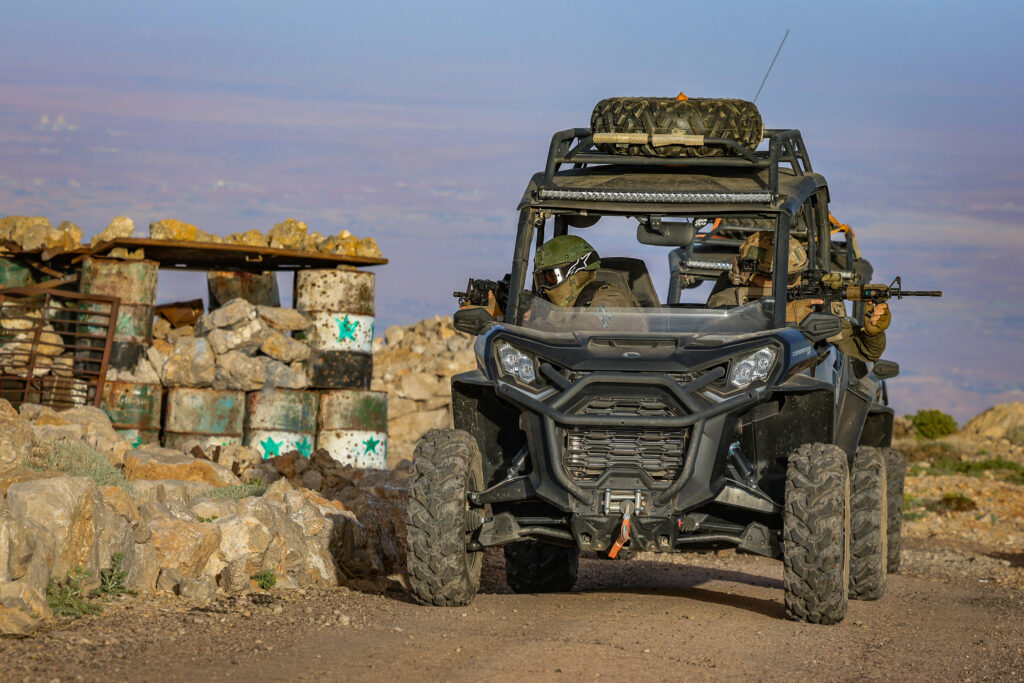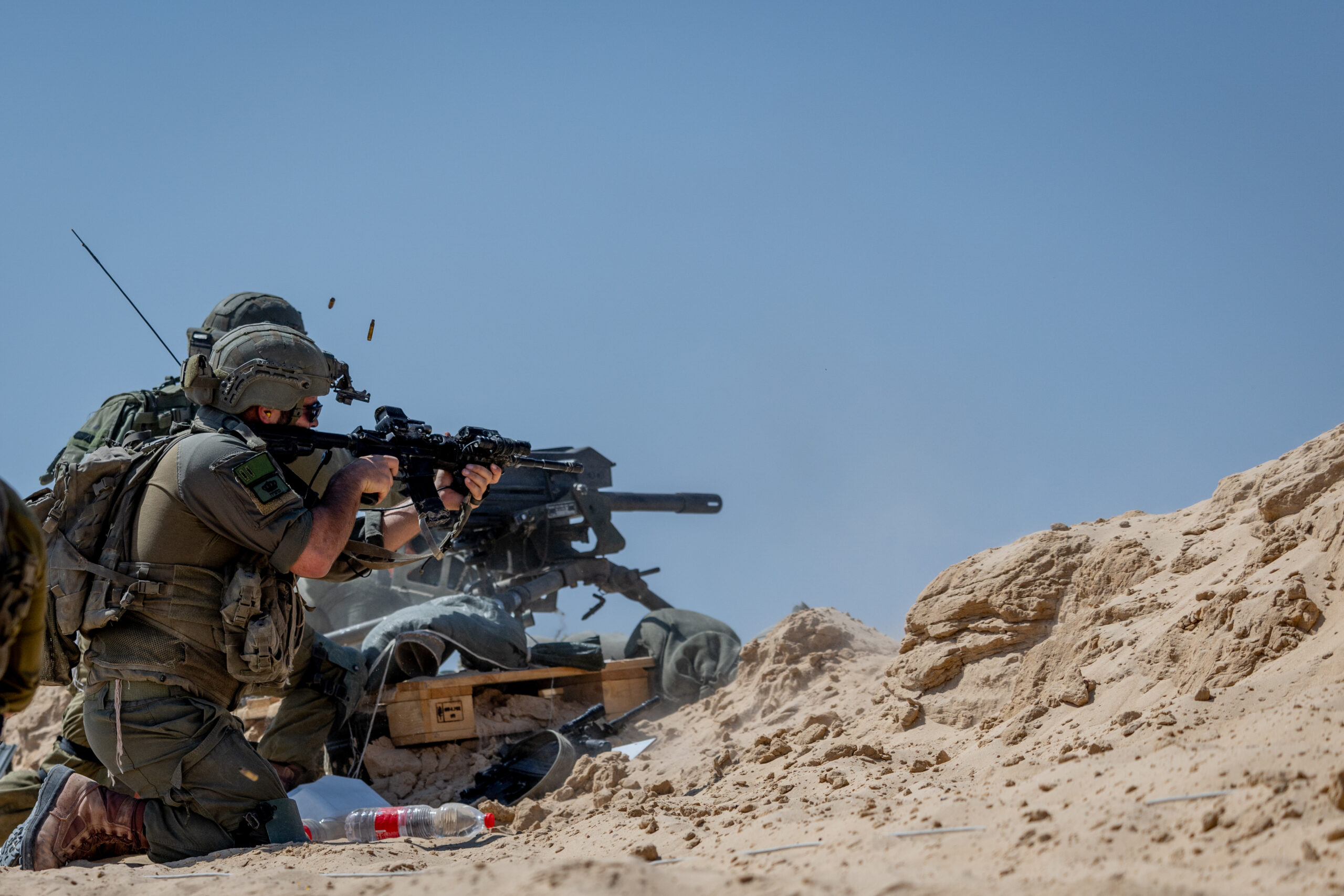IDF Activated Secret Backup Command During Iran Conflict
As Israel launched a major offensive against Iran’s nuclear program on June 13, the Israel Defense Forces (IDF) quietly activated a contingency plan designed to safeguard command continuity in case of a decapitation strike by Tehran.
Known as the “Shadow General Staff,” this covert command center was led by Deputy Chief of Staff Maj. Gen. Tamir Yadai and comprised primarily of reserve officers. The unit was relocated to an undisclosed location prior to the initial Israeli strikes and remained disconnected from the IDF’s standard communication networks to shield it from potential cyber or physical threats.

Its mission: to serve as an emergency leadership hub if Iran managed to disrupt or destroy Israel’s central military command infrastructure — a scenario that ultimately did not unfold.
Throughout the 12-day conflict, Iran launched numerous missiles and drones, some aimed at the Kirya military headquarters in Tel Aviv. One missile landed near the Da Vinci Towers and the Azrieli Center. According to The Telegraph, Iranian attacks hit five Israeli military sites directly.
Israel’s first strike reportedly eliminated key Iranian military figures, including the chief of staff of Tehran’s army. Over the following days, more senior commanders were targeted and killed.
Meanwhile, Israeli security forces foiled a plot to assassinate Defense Minister Israel Katz. According to Channel 12, two Jewish Israeli citizens were arrested in April on suspicion of working for Iranian intelligence in connection with the plan.
IDF Advances in Gaza While Ceasefire Negotiations Intensify
Despite heightened international efforts to broker a ceasefire agreement with Hamas, Israeli ground and air operations continue in full force across the Gaza Strip.
As part of “Operation Gideon’s Chariots,” five IDF divisions are engaged in extensive combat operations targeting Hamas strongholds and infrastructure. The 162nd Armored Division is operating in Gaza’s north, eliminating enemy combatants and dismantling command centers used to plan attacks.
In the Gaza City area, the 98th Paratroopers Division has neutralized militants and struck numerous terror-related sites, including observation posts and meeting points. Concurrently, the 99th Reserve Infantry Division has been clearing underground tunnels and surface-level structures tied to Hamas operations.

In Beit Hanoun, the 646 Brigade focused on anti-tank positions and military compounds. Farther south, the 143rd “Gaza” Division took out dozens of enemy assets and weapons caches, while the 36th Armored Division remains active around Khan Yunis.
The Israeli Air Force (IAF) has been instrumental, conducting strikes throughout Gaza. Over the weekend alone, approximately 130 Hamas-affiliated sites were hit, including command hubs, rocket launchers, and weapons depots.
Since the end of a previous ceasefire on March 18, the IAF has carried out more than 7,500 strikes. IDF officials estimate that Israeli forces currently control about 65% of the Gaza Strip.
Brig. Gen. Efie Defrin stated that the current phase of the operation is nearing its conclusion and that military leadership is preparing to present new recommendations to government officials. He emphasized that Hamas’s governing capabilities have been significantly undermined, and efforts are underway to prevent the group from regrouping.
IDF Captures Iranian-Backed Terror Cell in Southern Syria
Israeli forces operating in southern Syria have detained a terrorist cell reportedly run by Iran’s Islamic Revolutionary Guard Corps (IRGC), the military confirmed Monday.
The operation, led by the IDF’s 3rd Alexandroni Brigade and informed by intelligence gathered by Human Intelligence Unit 504, took place in the Tel Kudne region near Mount Hermon. The cell was affiliated with the IRGC’s Quds Force and was allegedly planning hostile activities against Israeli targets.
IDF activity continues along the Syrian border, particularly in areas neawzr Mount Hermon, even as signs emerge of a possible thaw in relations between Jerusalem and Damascus’ new leadership.

In another recent operation, troops from the 810th Brigade, supported by Yahalom Unit specialists and overseen by the 210th Division, dismantled several former Syrian military outposts. These positions, previously used by hostile forces, posed a threat to Israeli personnel stationed near the Golan Heights.
According to the IDF, these actions are defensive in nature, aimed at ensuring the safety of Israeli citizens living in the northern region.
While Syria’s new government recently expressed a willingness to revisit the 1974 disengagement agreement through U.S. mediation, Israeli leaders have reaffirmed their intent to expand regional normalization efforts. Foreign Minister Gideon Sa’ar reiterated that while Israel seeks to include Syria and Lebanon in broader peace efforts, it will not compromise on national security.





